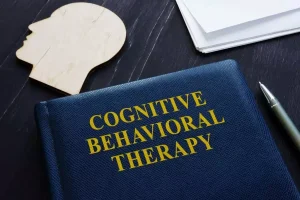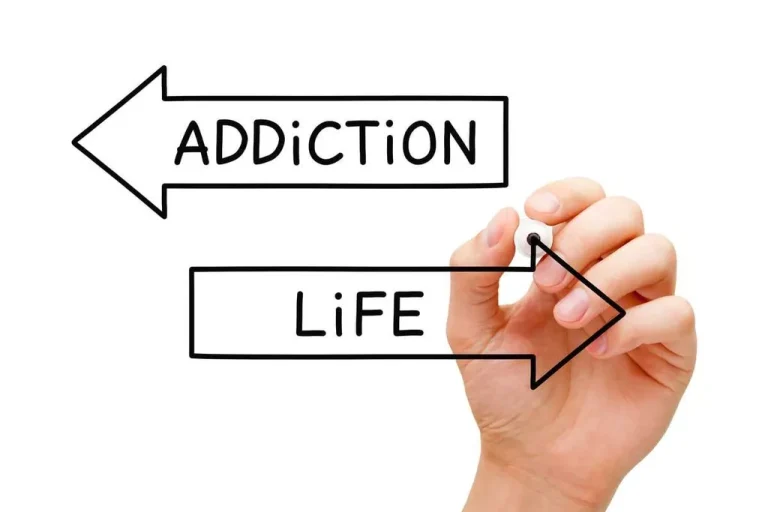
Even those who only deal with nasal congestion from alcohol can benefit from Sunset’s ingredients. Have you ever gotten a stuffy nose after a glass of red wine? In some cases, they might use an oral challenge test to diagnose an allergy or intolerance. In this procedure, they will ask you to consume a sample of your suspected trigger. White wine tends to contain higher levels of sulfites than red wine and beer. Spirits such as vodka and gin can also cause sneezing due to the presence of histamines.
What causes vasomotor rhinitis?

Large polyps may need to be surgically removed but smaller polyps can often be treated with steroid nasal drops (see above) which help to shrink them. See the separate leaflet called Nasal polyps for more sneezing after drinking alcohol details. Persistent rhinitis is an ongoing (chronic) condition that usually needs regular treatment to prevent symptoms.
- The consumption of alcohol has been linked to nasal congestion in some people.
- Alcohol can trigger asthma attacks in patients who have previously been diagnosed with asthma.
- Soon after this finding was published, intermittent reports on the use of oral administration of pure alcohol diluted in water for treatment of asthma appear (Leffman, 1885; Richardson, 1881).
- Alcohol alters airway mucociliary clearance, which is dependent upon the dose and duration of alcohol exposure.
- Although clinicians have long suspected that mucociliary clearance is reduced in heavy drinkers (Heinemann, 1977), few clinical studies have directly examined the effect of alcohol ingestion of mucociliary clearance.
- Indeed, treatment with disodium cromoglycate, a drug that inhibits mast cell granule release and used in the treatment of asthma, prevented bronchospasm to the offending alcoholic beverage.
Health news and tips for the whole family
Instead of being seasonal — as is the case with seasonal allergies — symptoms flare up whenever you’re exposed to a trigger. Allergic and nonallergic rhinitis (including vasomotor rhinitis) affects up to half of the population in industrialized countries. Vasomotor rhinitis accounts for anywhere from 15% to half of these cases.
Figure 2. Effects of alcohol and related molecules on bronchial motor tone.

The first large population study that examined the relationship of alcohol consumption to airway obstruction was a cross-sectional analysis published by Cohen in 1980 (Cohen et al., 1980). This study used data from a cohort of 2,539 community dwelling adults that quantified alcohol intake, smoking, diet and other health factors and measured FEV1 on spirometry. Although unadjusted values indicated obstruction in heavy drinkers compared to light drinkers, the difference disappeared when adjustment was made for cigarette smoking, socioeconomic status, male sex and age. They concluded that there is no evidence for an independent association of alcohol intake on airflow obstruction. Direct effects of alcohol on airway smooth muscle function have been suggested by some studies.
Ready to treat your allergies with expert care?

Alcohol intolerance occurs when your body doesn’t have the proper enzymes to break down (metabolize) the toxins in alcohol. This is caused by inherited (genetic) traits most often found in Asians. It is best for people who have gluten intolerance to avoid beer, unless it is gluten-free.
At this juncture, alcohol downregulation of airway ciliary PKA represents the most likely mechanism that causes alcohol-induced impairment of mucociliary clearance. However, unlike allergies (allergic rhinitis), vasomotor rhinitis doesn’t result from exposure to allergens, like pollen, mold, pet dander, etc. Instead, you may experience symptoms because of weather changes, certain smells, eating, exercise, medications or other triggers that irritate your nose.
- The blood will then be sent to a laboratory to test for allergy-related antibodies called IgE antibodies.
- They make some mucus which drains into the nose through small channels.

Read on to uncover the science behind the stuffy nose phenomenon as well as key strategies to prevent it from becoming an inevitable side effect of drinking alcohol. If your body is suddenly rejecting alcohol, it could be due to alcohol intolerance, a reduction in enzyme production, an underlying health issue, or medication interactions. Intolerance results in symptoms like flushing, nausea, or rapid heartbeat. Consulting a healthcare provider can help determine the cause. Sinus congestion that clears up within a day or so after drinking alcohol typically poses no cause for concern.
- After allergy testing, it was confirmed that they had an allergy to yeast.
- It’s available in preloaded syringes, known as epinephrine auto-injectors (e.g., EpiPen).
- Read beverage labels to see whether they contain ingredients or additives you know cause a reaction, such as sulfites or certain grains.
- Additionally, some research data from animal experiments suggest that alcohol itself might increase the thickness of the mucus secretions of your upper respiratory system independent of inducing dehydration.
Saying that, it is thought that if you have a pet or animal allergy and you do avoid any further contact, you may reduce your risk of developing asthma. The following treatment options are for allergic rhinitis – the most common cause of persistent rhinitis. Non-allergic rhinitis can be more difficult to treat and depends on the cause. Steroid and antihistamine nasal sprays are usually recommended for non-allergic rhinitis.


